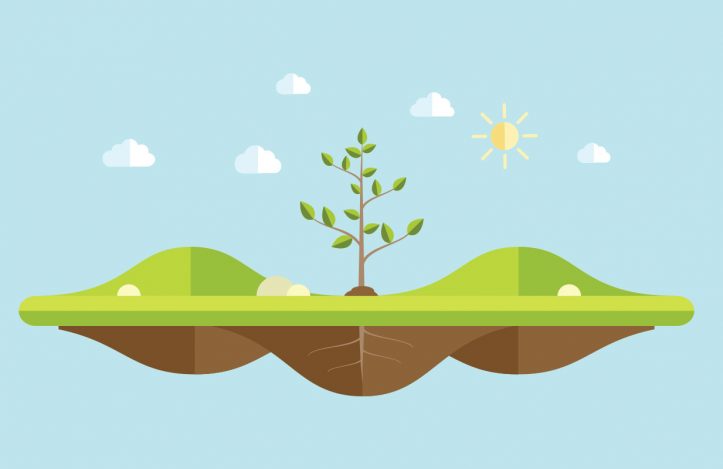What is Photosynthesis? The process by which plants convert sunlight into food is one of the important energy processes in life. Photosynthesis is a method used by all plants and other organisms to transform light into useful chemical energy which, through bacterial respiration, is later released to fuel the metabolic functions of the organism.
Photosynthesis can be viewed as the process of the oxidation of matter to the production of food. The source of energy for Photosynthesis is light. Light can be absorbed by various compounds such as carbon dioxide, oxygen, hydrogen, and many other compounds. Photosynthesis is a continuous cycle. Oxygen is present in the water forms that we breathe, and carbon dioxide is present in the atmosphere.

Photosynthesis uses the overall reaction of the environment to drive a series of chemical reactions. Photosynthesis occurs when the photosynthesizing organisms divide the number of available base molecules (oxygen molecules) by consuming each one of its electrons. The number of electron concentration (concentration) determines the number of oxygen molecules that can be used for the overall reaction. When there are too many of one type of molecule or a single type of molecule, a different but combined set of photosynthetic reactions occur, resulting in the conversion of carbon dioxide back to oxygen. In turn, the oxygen molecules released into the atmosphere oxygenate the atmosphere.
Photosynthesis is a two-step process that consists of two major events. The first is the conversion of carbon dioxide to either simple (mono) carbon dioxide or complex (poly) carbon dioxide. The second is the absorption of light energy and the subsequent use of the provided light energy in the production of food.
The first reactions of Photosynthesis in plants take place within the root cell. The photosynthesizing bacteria are in a very delicate and very sensitive position. Photosynthesis occurs because of the undecorated structure of the root cell. Photosynthesis involves the utilization of energy from the sunlight to provide food and oxygen to the plants. It is the photosynthetic reactions that actually drive the growth of the plants and create oxygen gas.
Photosynthesis in plants is completed through a process called Photosynthesis. Plants obtain carbon dioxide from the air and convert it into simple carbon dioxide and water. Then they utilize the light energy coming from the sun to provide food for themselves and release oxygen gas as a byproduct. The process continues in this way, forever, if the conditions necessary for Photosynthesis are present.
A major breakthrough in biology revealed the fact that photosynthesis is the most energy-efficient process known to man. This is because it provides the plants with the most raw materials with the least amount of energy required. It also allows a continuous, self-sustaining flow of raw materials to the plants, thereby providing them with all the food they need. It has also opened the door to a sustainable use of the earth’s limited supply of energy, allowing green plants to flourish even under extreme drought conditions.
Green living is now possible thanks to the study of Photosynthesis. Without photosynthesis, life on earth would be unable to exist. The discovery of the Photosynthetic reaction made possible the domestication of the humble plant, allowing us to use the suns energy and convert it into food and fuel. With the Photosynthetic process being the primary source of energy for life on earth, it is not surprising that the knowledge of Photosynthesis has spread throughout society. This knowledge is invaluable to those who wish to help the environment, conserve energy and reduce global warming.
A simple definition of Photosynthesis is the process by which energy is converted from light to usable energy in plants. The two main forms of Photosynthesis are Photosystems and Photosynthetic Complexes. Photosystems are complex forms of energy conversion where one cell in a plant or animal divides into two in order to form the two parts of an organism. For example, in the photosynthesis of food the two organisms chlorophyll and oxygen are the source of the energy used to convert starch into glucose and oxygen is the source of energy used to split water molecules to generate electricity in plants and animals.
Photosystems are nothing more than a chain of chemical reactions that takes place within an organism’s cells. Photosystems take place in the cytoplasm, the water component in cells and allows for the accumulation and separation of molecules and nutrients and between cells. During this process Oxygen is used as the sole source of energy for the entire cellular process. The end result of Photosynthesis is a process of the photosynthetic reaction converting sunlight into food and oxygen and releasing this food and oxygen into the atmosphere for use by all organisms. Photosynthesis is the basis for all life on Earth and without it all life would cease to exist.
The first step towards understanding Photosynthesis is to understand the overall reaction it has. The overall reaction is a chemical equation with each individual atom holding two different positions at any given time. When Photosynthesis occurs, the six molecules of carbon dioxide found in every plant or animal turn into a single molecule of oxygen. The six molecules of carbon dioxide then combine and produce a single molecule of heat, and finally into one single molecule of DNA which is the genetic code for an individual plant or animal.